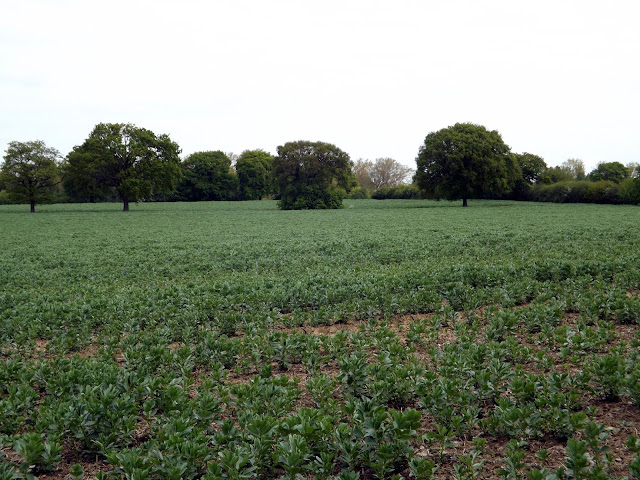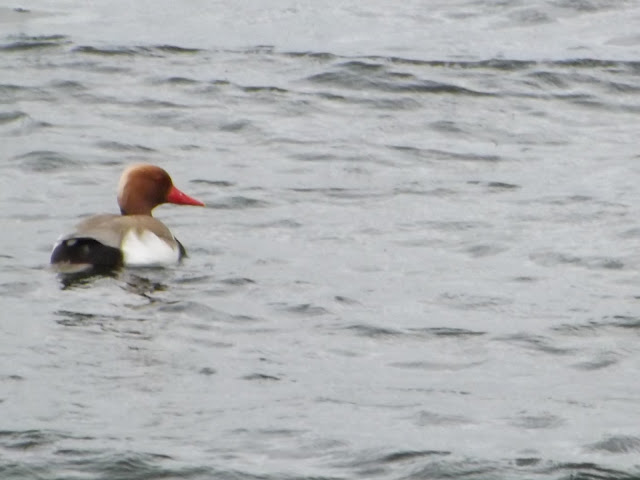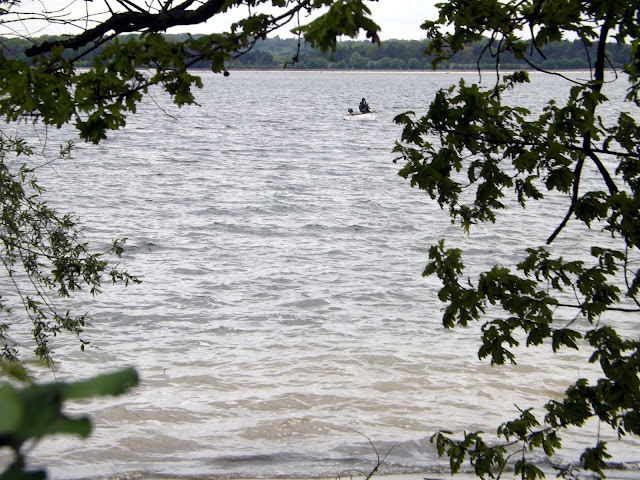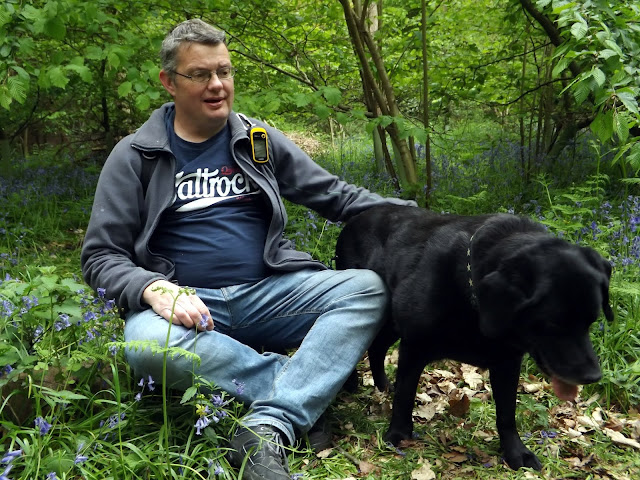A short walk around The Manor in Harold Hill, being on lock-down during the Corona Pandemic is restricting me getting out on walks. But this is local and meant I still get to experience my yearly Bluebell Walk fix.
Manor includes almost twenty hectares of colourful wildflower meadows, over eight hectares of ancient coppiced woodland, ponds, scrub and veteran trees. Not only that but the site also preserves a fascinating historical record which stretches back into the Middle Ages. Dagnam park, formally laid out by the well known Victorian landscape architect Humphrey Repton, preserves its original 18th century boundaries together with a number of original landscape features including copses, ponds and specimen trees. Look out for mature conifers, horse chestnuts and cedar.
I listened to the sounds of the birds singing. It was so peaceful and calming. But you can hear the distant hum of traffic on the M25 unfortunately breaking the silence.
A herd of deer emerged from the woods and started to gather on the green out in the sun.
The site of the original house is now overgrown, but a line of yew trees survives in woodland close to the spot where 19th century cast-iron gateposts flank the former drive. There is also a scheduled ancient monument, Cockerell's moated site (of Dagnam Park Farm), in the south of the site - now a well known breeding pond for great crested newts. There is also evidence of medieval field patterns and see if you can spot the medieval road running along the sites eastern boundary!
I walked past the site of the old manor house, where there is still some evidence of its exsistence, there are still part of walls, gate posts and the pond.
The first house at Dagnams (also known as Dagenhams) was a moated Tudor building sited at the southern end of a local wood called Great Hatters. From the early 13th century the manor was held by a series of local squires and merchants until c1420 when passed into the trusteeship (for whom it's not known) of the Duke of Gloucester, the Earl of March and others. By 1443 it was owned by the Earls of Northumberland until 1482 when it was sold to one Avery Cornburgh. Just before his death in 1487 he sold the manor to Sir William Hussey. On his death in 1495 it passed to his son, Sir John Hussey, a powerful official within Henry VII's household. The house then passed through the Grocers Company (who had inherited it), via the Legatt family, to Cromwell's physician, Dr Lawrence Wright in 1633. The only known image of the house from this time dates from 1633 and was probably commissioned by the proud new owner. It shows a gabled house, built round a courtyard, within a square moat. Thomas Wright died in 1657. It was rebuilt c1660 on a modest scale by his son Sir Henry Wright Bt. only a few years before he himself died in 1664. As an indication of size, it was noted that it had 23 hearths in 1662 and 24 in 1670. The famous diarist Samuel Pepys visited Dagenhams in July 1665 and said that "...it was the most noble and pretty house, for its size, that he had ever seen.".
The house underwent further extensive alterations and was enlarged between 1732 and 1739 by Edward Carteret, who also added a private chapel. It was noted in 1771 that Dagnams had a central block of two storeys with attics, containing eleven bays which may have been the original house of c1660. Carteret's extensions meant that this central block was flanked at each end by five-bay wings, also of two storeys, but without attics - creating a very large, 21-bay house, but shallow at only four bays deep.
In 1772 the estate and the neighbouring one, Cockerels, were sold to a wealthy merchant, Sir Richard Neave, Bt. (b.1731 - d.1814 - created Baronet in 1795). He had made his fortune trading in the West Indies and the Americas and had, at various times, been chairman of the Ramsgate Harbour Trust, the West Indian Merchants and the London Dock Company, as well as a director of the Hudson’s Bay Company and was made deputy Governor of the Bank of England in 1781 and promoted to Governor in 1783; a postion he held until 1785. He lived in the nearby Bower House in Havering-atte-Bower but sought to elevate himself from merchant to country gentleman. To reflect his achievements and new status Neave had the original Dagnams demolished, probably between 1772 and 1776. Its replacement was a red-brick Georgian house nine bays wide by four deep with a curved central three-bay projection to the south front.
Neave then set about consolidating his position by instituting a land purchase policy in 1785 which his successors continued for the next 100 years, ultimately creating one of the largest estates in south Essex. Estimated at approximately 500 acres in 1772, by 1846 it extended to over approximately 1,700 acres of land in Havering and Romford, and by 1876 to 1,800 acres reaching its zenith in the early 20th century when it extended to over 2,700 acres.
As with many country houses, the end of the First World War also signalled the start of the decline of the English country house which was to last until the 1970s. Before WWI Dagnams employed over 40 staff, however, in 1919 Sir Thomas L.H. Neave sold 2,200 acres, including 1,500 acres in Romford and Havering, leaving 500 acres surrounding Dagnams.
The 5th Baronet, Sir Thomas Neave, died in 1940 and the house requisitioned and soldiers billeted in it with the grounds used as a transport park. If this wasn't enough to contend with, the house was severely damaged by a German V2 rocket in January 1945 which landed nearby. The explosion opened up large cracks in the walls.
The final nail in the coffin of the estate and the house was the Abercrombie report after the Second World War which recommended creating new housing estates on green field sites around the edge of London to house those who had lost their homes in the War. The aim was to build in the park but to retain the house as a community centre. London County Council compulsorily purchased Dagnams and the remaining 500 acres for £60,000 (approximately £1.6m today) in 1947. They also bought another 850 acres which comprised the local farms which had been sold to the tenant farmers in the first land sale in 1919.
The house might have survived this radical change but for the actions of the caretaker installed by the council. Employed at wage of 30s per week and the use of 5 rooms for accommodation, he sought to supplement his income by promptly stealing and selling the lead from the roof. His actions also earned him an 18-month prison sentence but, worse, they allowed water to penetrate the building and especially the cracks left by the V2 rocket explosion. The combination of the bomb damage, the wear and tear of the soldiers, the extensive water damage and the lack of a clear need to preserve the house sealed its fate. Dagnams was demolished in late 1950 with the demolition team taking their payment in the form of the rubble to be sold as building material. The grounds became a public park and remain so to this day.
I walked through a part of the reserve I hadn't been before , then returning back to the path that lead me in.
The smell of the bluebell was heavenly as was the display they put on. I estimate about a 2.5 to 3 mile walk out in beautiful weather.








































































































